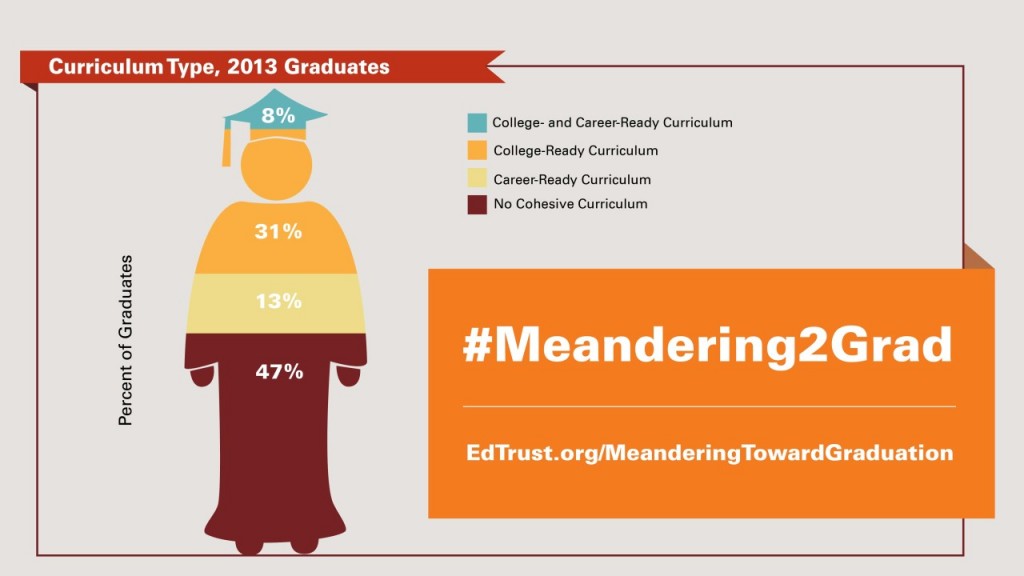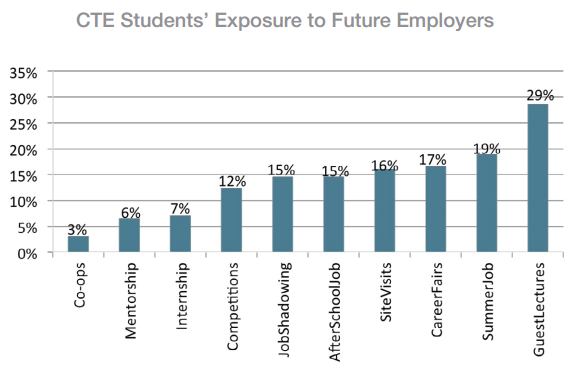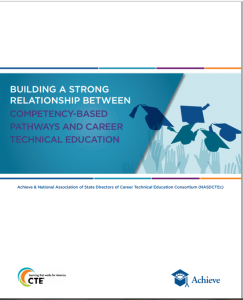This week, two leading education organizations – the Thomas B. Fordham Institute and Education Trust – have published new research that illustrates how K-12 CTE can and should be used to create meaningful education experiences that prepares students for future success in college and careers. First up, an analysis of high school transcripts to pull back the curtain on college and career readiness.
Meandering toward Graduation: Transcript Outcomes of High School Graduates
In “Meandering toward Graduation: Transcript Outcomes of High School Graduates,†Ed Trust finds that while students may graduate high school, too many are leaving with no clear path forward.
For nearly a decade, college and career-readiness for all students has been the foundational rhetoric of U.S. education, but high school transcripts show that this rhetoric didn’t bear out in reality for most graduates in 2013. In fact, fewer than one in 10 recent graduates had taken a foundational set of courses necessary to be both college- and career-ready. Additionally, the data shows that 47 percent of graduates completed neither a college- nor career-ready course of study. The study defined college- and career-courses of study as the standard 15-course sequence required for entry at many public colleges, as well as three or more credits in a career-focused area such as health science or business.
Of those who had completed a course of study, only eight percent in those graduates completed a full college- and career-prep curriculum. Further, less than one-third of graduates completed a college-ready course of study and just 13 percent finished a career-ready course sequence. Because seat-time is not a sufficient indicator of readiness, the report also looks at who in the college- and career-ready cohort, particularly students of color or disadvantaged backgrounds, had also demonstrated mastery of the curriculum. When looking at mastery, an additional 14 percent of graduates fail to meet this benchmark.
Rather than aligning high school coursework with students’ future goals, the report found that high schools are continuing to prioritize credit accrual, which reinforces the idea that high school graduate is the end goal in a student’s educational journey. The report identifies state-, district-, and school-level levers including transcript analysis, master schedule, credit policies and graduation requirements.
To truly prepare students, school structures, culture and instruction must shift to prepare students for postsecondary studies aligned to their career interests, and this can be done without risk of recreating a system of tracking students into prescribed pathways.
Andrea Zimmermann, State Policy Associate
Â





 The report finds that 2.9 million of the 6.6 million jobs added over the Recovery are “good jobs,†most of which require at least a bachelor’s degree. Consistent with many of the Center’s other reports, “Good Jobs Are Back” finds that individuals with a high school diploma or less as the most likely to suffer during and beyond the Recession and Recovery.
The report finds that 2.9 million of the 6.6 million jobs added over the Recovery are “good jobs,†most of which require at least a bachelor’s degree. Consistent with many of the Center’s other reports, “Good Jobs Are Back” finds that individuals with a high school diploma or less as the most likely to suffer during and beyond the Recession and Recovery.
